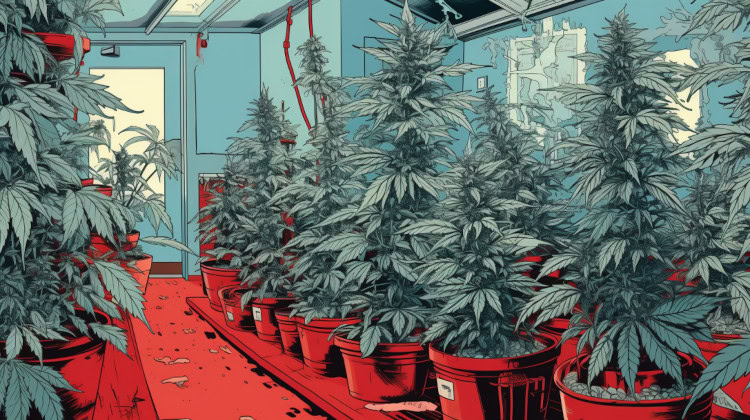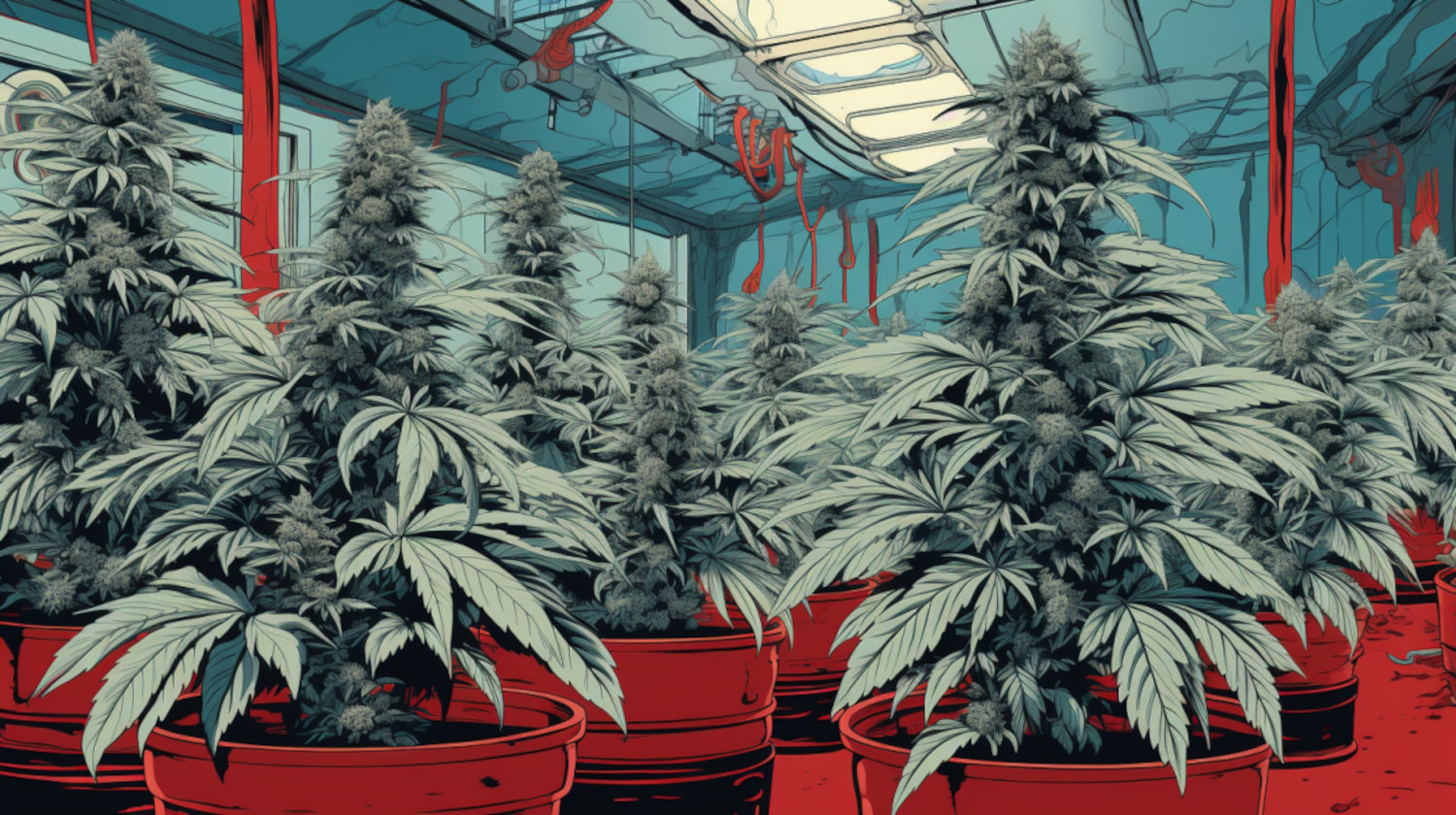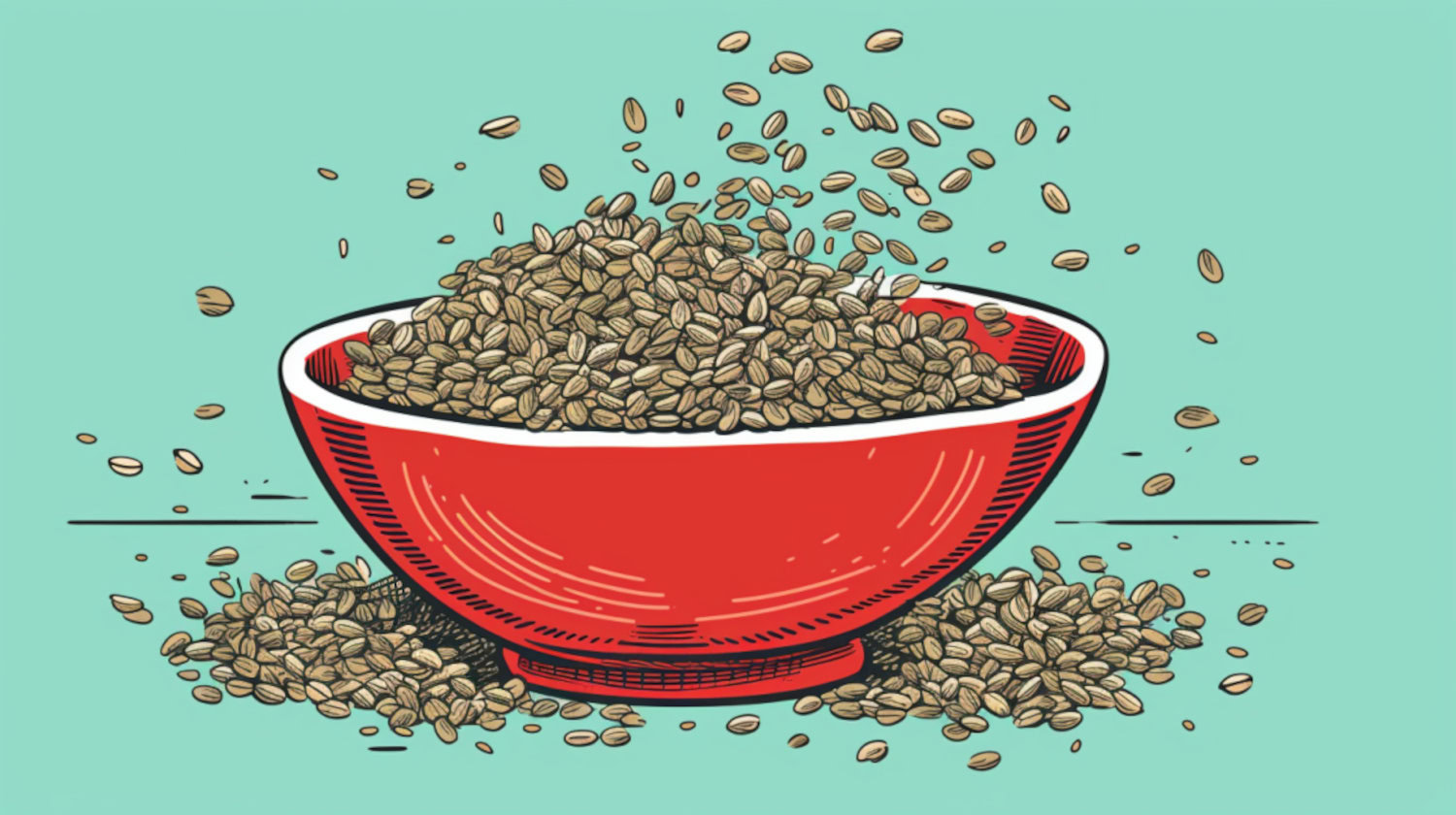Cannabis terminology can get confusing fast. Depending on the person and their preference for specificity, the terms used can be informal or adhere to the literal definition. Some of the more often interchangeably used terms in cannabis are "strain," variety," and "cultivar," but what's the difference in cultivar vs variety, and are they the same as strains?some might wonder what the big differences are between them.
What is a Variety?
In cannabis, a variety refers to a second subset within the larger plant species. Varieties in cannabis were identified by specific traits that make them stand out from other cannabis varieties.1 These factors include:
- Plant structure,
- And cannabinoid profiles.
Varieties are natural adaptations of the cannabis plant and its subspecies due to environmental factors. For example, the two main cannabis varieties we know as “indica” and “sativa” are ‘C. sativa subsp. indica var. afghanica’ or ‘C. sativa subsp. indica var. indica.’
Indica and sativa are not indicators of effect, as many assume. Instead, in the 1980s, Dr. Loran C. Anderson published that indica and sativa were based on the cannabis plant's morphological structure and origin. He labeled cannabis plants from South Asia as having narrow leaves, growing tall and skinny, with airy buds, “sativa.” Cannabis plants from Central Asia were shorter, with more densely packed nugs, termed “indica.” Botanically, these plants are actually Cannabis sativa subsp. indica var. indica (“Sativa”) and Cannabis sativa subsp. indica var afghanica (“Indica”).2,3
Varieties can grow naturally, but most producers use modern techniques and technology to produce more robust yields.
What is a Cultivar?

Cultivar is the term used to describe an intentionally cultivated variety to create a unique plant within a species. In cannabis, cultivators specifically choose certain varieties to breed to produce specific characteristics.
Various methods are employed to create ideal offspring containing the desired look, aroma, flavor, effect, and overall plant profile. Techniques used include inbreeding, backcrossing, and outsourcing.4 As such, just about every cultivar today is a hybrid.
Nowadays, cultivars are denoted using several naming methods, including their branded name and terms like clone, cross, and hybrid. Be wary of the last one, as hybrid covers many plant effects, encompassing most cannabis strains. Unless you are dealing with a landrace like Durban Poison or Afghani, you are most likely dealing with a hybrid cultivar.
Where Do Strains Fit Into the Picture?
Some might use the two previous terms interchangeably. Making matters more confusing is the commonly used term 'strain.' While there is a significant overlap between strain and cultivar, the two carry unique distinctions.
Strain officially entered the cannabis lexicon in 1985, and researchers have since identified more than 14,000 cannabis cultivars and their respective strain names.3 While it may have helped sort out the world of weed at the time, the 1985 method also created substantial confusion. It ushered in the current and commonly used "sativa-dominant" and "indica-dominant" terminology, which tends to fall short in defining a cannabis strain's unique traits.
Some breeders have begun to identify cannabis cultivars in three main ways based on the chemotype, which is the chemical profile of the plant, mainly the cannabinoid ratio. These chemotypes include;
- Type I – THC dominant, little CBD (<%).
- Type II – Roughly equal ratios of THC and CBD.
- Type III – CBD dominant, little THC (<1%).
In addition, producers and brands are also emphasizing terpenes and cannabinoid ratios, labeling products' terpene concentrations, and listing potential effects.
Cultivar vs Variety: Which is Better for Cannabis Growers?
With more seed options available, easier production compared to landrace strains, and the popularity of hybrid cannabis strains like GMO or Cereal Milk, most growers today produce cultivars. That said, there is a strong case to be made for growing either.
The concept of landrace strains can be loosely applied to cannabis varieties, as they originated from the same geographic regions as their ancestors. Landrace strains can be difficult to manage and require specific care, meaning growers have to spend more time with these plants than they want. However, the typically limited availability of landrace strains can bring in an audience of new buyers to the brand. Breeders may also use landrace strains to create new hybrids, as has been done to create the array of cultivars we have today, like Skunk, AK-47, and Northern Lights.
Cultivars, or cultivated varieties as they are also recognized, have been selectively bred over the last few decades by growers for specific purposes, which include creating more stable genetics to provide various benefits to the plant and focusing on particular effects the plant has. These breeders have honed their craft, and many have created robust genetics that can produce beautiful high-THC cannabis plants with a juicy terpene profile.
Varietal vs Variety: Is Cannabis Like Wine?

You may hear the term 'varietal' thrown around in cannabis from time to time. It often refers to landraces like Nepalese, Thai, Durban, Afghani, Columbian, and Acapulco Gold, along with varieties such as Lamb's Bread/Breath, Panama Red, and Red Congolese. However, the term is more applicable in the wine world than in weed.
While the two terms are similar and often seemingly interchangeable, those wanting to be as specific as possible should use 'variety,' 'cultivar,' or even 'strain' when describing cannabis. Only use 'varietal' when discussing wines and the specific grapes they were made from.
How Do Growers Breed Cultivars?
Cannabis breeders might use one or more of the following production methods to produce high-quality cultivars:
- Cloning and Propagation: Growers clip large plant leaves right above a node to separate a part of a high-performing plant from its mother plant. The clipping is then placed into new soil to begin the growing process. This approach creates the best chance of replicating the success of the mother plant.
- Hybridization: A natural method by which growers intermix plant genes to achieve a plant with ideal traits.
- Genetic Selection: A process similar to hybridization but requires the introduction of new genes to create the ideal plant, thus creating a genetically modified crop.
If successful, a grower will likely perform several rounds of backcrossing. This is a process where the new plant is crossed with one of its parent plants to ensure that future generations of crosses contain the grower’s preferred traits.
References
- Brickell C, Alexander C, Cubey JJ, et al. International Code of Nomenclature for Cultivated Plants. 9th ed. International Society for Horticulture Science; 2016. ↩︎
- McPartland JM. Cannabis Systematics at the Levels of Family, Genus, and Species. Cannabis Cannabinoid Res. 2018;3(1):203-212. Published 2018 Oct 1. doi:10.1089/can.2018.0039 ↩︎
- McPartland JM, Small E. A classification of endangered high-THC cannabis (Cannabis sativa subsp. indica) domesticates and their wild relatives. PhytoKeys. 2020;144:81-112. Published 2020 Apr 3. doi:10.3897/phytokeys.144.46700 ↩︎
- Barcaccia G, Palumbo F, Scariolo F, Vannozzi A, Borin M, Bona S. Potentials and Challenges of Genomics for Breeding Cannabis Cultivars. Front Plant Sci. 2020;11:573299. Published 2020 Sep 25. doi:10.3389/fpls.2020.573299 ↩︎
The information in this article and any included images or charts are for educational purposes only. This information is neither a substitute for, nor does it replace, professional legal advice or medical advice, diagnosis, or treatment. If you have any concerns or questions about laws, regulations, or your health, you should always consult with an attorney, physician or other licensed professional.




